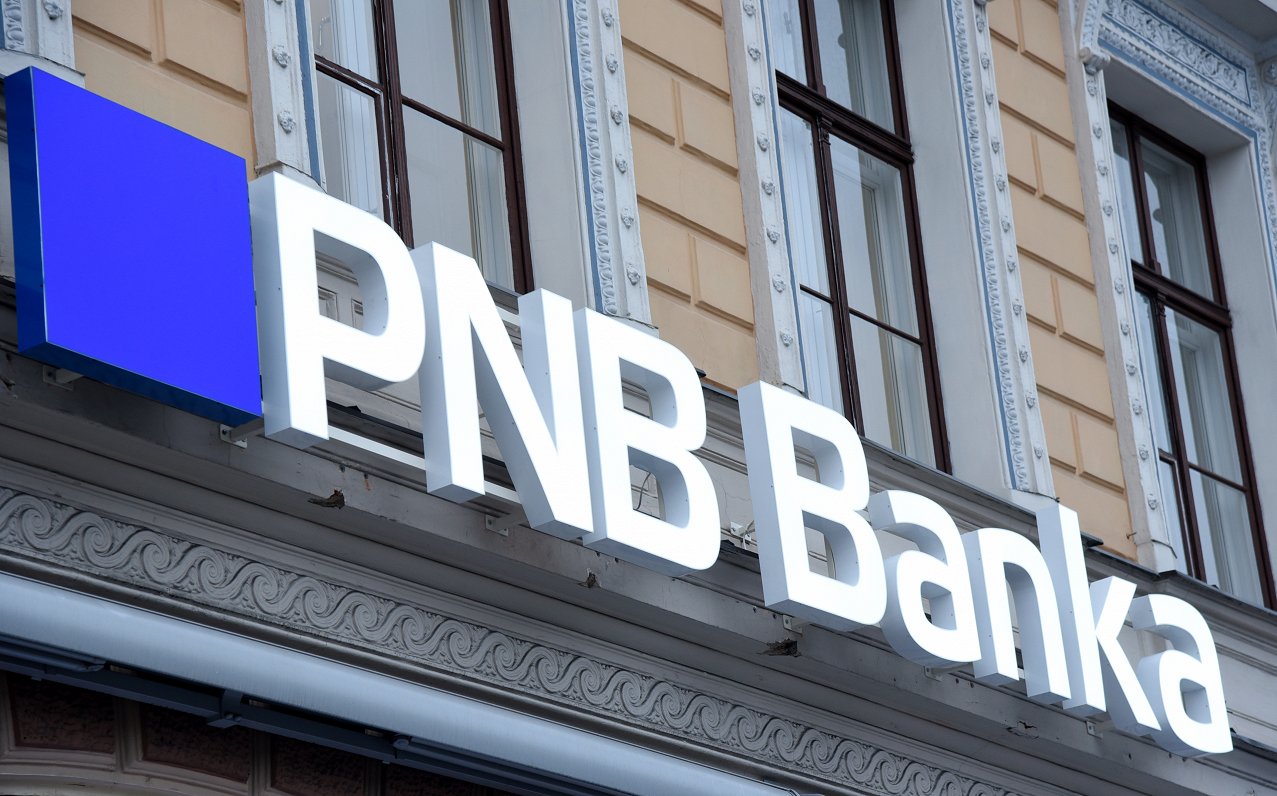A federal survey taken in 2019 found that 44% of small business owners borrowed money to cover costs.
“There’s no surprise there. We’ve been closed. No money has been coming in for us. Of course, small business owners took out loans to maintain their cash flow.”

In other words, obtaining a company loan is not an embarrassment. Both in 2019 and today, it wasn’t.
Business operations often involve borrowing money. A business plan for growth may include using business loans. The same survey found that 56% of small company owners who took out loans did so to fund asset purchases or business expansion.
Financing options for a small business in Latvia
There are many small company financing options. Here are some of the most effective company financing options:
Traditional bank loan
A typical bank loan is a fixed amount, and long-term. In most cases, there is no need for collateral and the payback period is fixed. When the business loan is finalized, the interest rate is fixed. The monthly repayment sum remains constant. Term loans typically last seven years. As an alternative, the term loan could be computed for some time based on 75% of the anticipated life of the company equipment.
Short term loan
Compared to a standard business loan, a short-term loan often has a lower amount. This sort of financing typically has a payback period of 12 to 84 months. They may have fixed or variable interest rates. A small company owner’s credit score might be helped by a series of short-term borrowings that are repaid on time.
Loan for commercial real estate
Business construction loans or borrowings for the purchase of commercial real estate are available. The terms are typically between seven and ten years, with fixed or variable interest rates. Starting amounts are $50,000.
Best for: Purchase of real estate, especially owner-occupied. Up to 80% of the value of the owner-occupied real estate may be borrowed from lenders. A solid source of funding for a construction loan. Lenders might provide interest-only construction loans, enabling a company to maintain cash flow until the loan converts to a term loan.
Line of credit
Most options for financing are available with a line of credit loan. The interest rate is often variable, and lenders may need assets for loan collateral. Generally speaking, line of credit lenders charge higher interest rates for unsecured loans. The interest rates rise as the amount decreases.
Best for company owners who require cash flow to pay for immediate expenses like payroll or inventory.
SBA loans
The government backs up a sizable portion of the business financing through the small business administration. The SBA lending program’s lenders appreciate this security. The program offers so many different borrowing options that it serves as a one-stop shop for funding for businesses.
There is additional paperwork needed for SBA loans. You may have heard people complain about that frequently. However, the documentation is simple and may be downloaded before you meet with lenders.
The Small Business Administration (SBA), as you’d imagine from the name is all about aiding small businesses. The additional paperwork needed for an SBA loan aids a candidate in putting together a whole lending package.
Online loans
The procedure has a negative reputation due to a segment of the internet loan business. You could feel uneasy after seeing adverts for businesses that are nothing more than online loan sharks.
For company funding, reputable online lenders are fantastic choices. Banks including Wells Fargo, Chase Small Business, and Capital One offer online business financing choices.
Online applications to lenders, also referred to as FinTech providers, are quite convenient. Companies like PayPal Working Capital, Kabbage, OnDeck, Biz2Credit, and others are examples of fintech providers.







